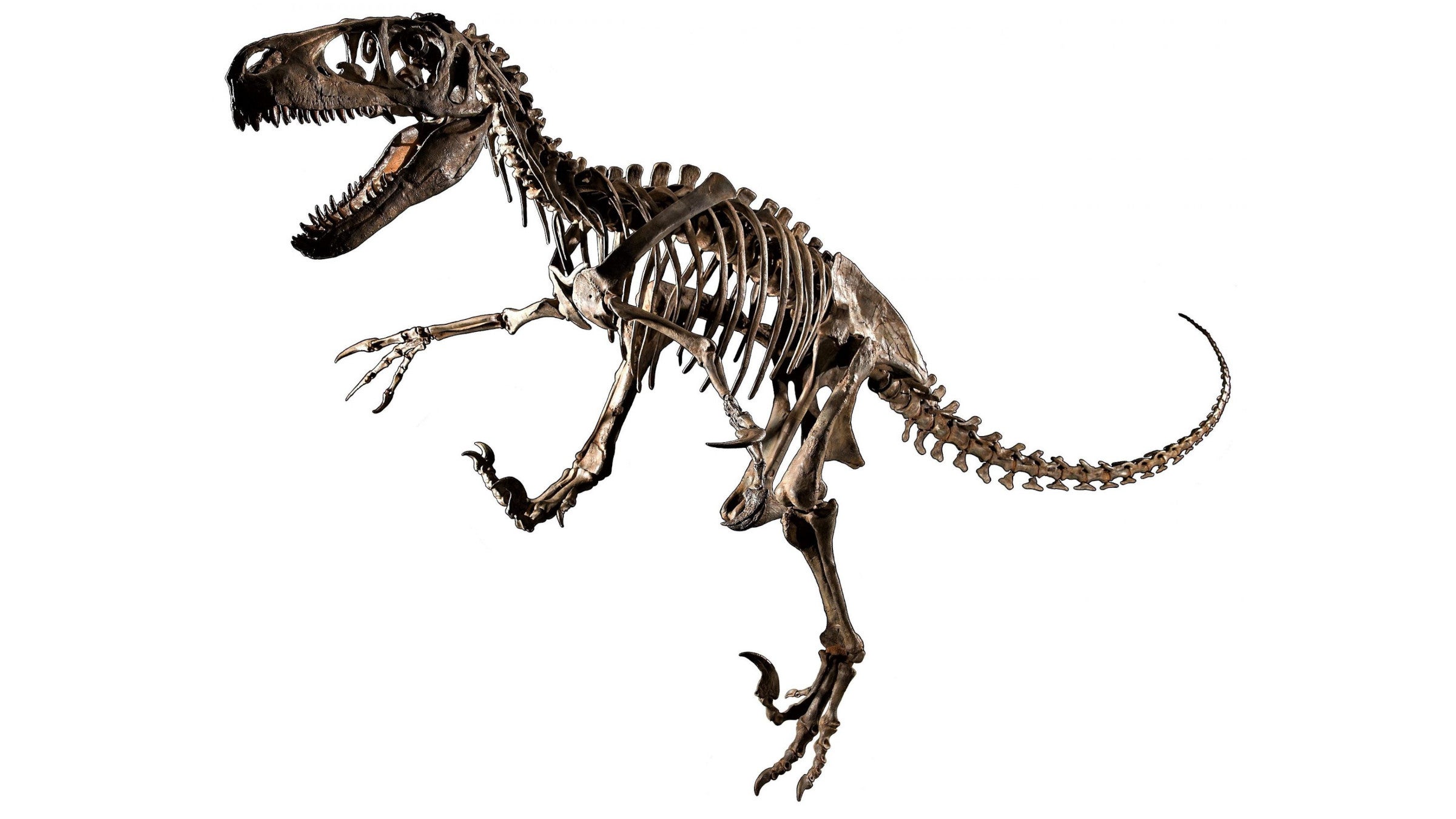Love Dinosaurs? Then You’ll Love Utah’s New State Park

(Photo: BYU Utahraptor skeletal mount (white background).jpg" by Jaren Wilkey is licensed under CC BY-SA 4.0)
If you’ve ever watched Jurassic Park and thought “that looks pretty cool, except for the part where the people get eaten”, then Utah’s newest state park may be for you.
Located just north of Moab, Utahraptor State Park covers 6,500 acres of trails, campgrounds, and fossil beds with more bones than Dinosaur National Monument. The park’s namesake, the Utahraptor, was first discovered here in 1991, and has since become the state’s official dinosaur. Possibly the largest of all the Cretaceous raptors Utahraptor dwarfed the better-known velociraptor at nearly 20 feet long. Researchers believe it used its 9.5-inch sickle-shaped claws to rip apart prey before tearing in with 2-inch-long serrated teeth. Depictions based on the latest research show Utahraptor as a feathered, bipedal carnivore, sometimes roaming in packs, sometimes alone (there isn’t yet definitive proof that they were group hunters).
Before the park designation, the fossil beds were vulnerable to looting by the thousands of visitors who flock to the area’s hiking and mountain biking trails; the new designation gives the state a lot more options for protection and for persecution of fossil thieves. Even the smallest bone fragment can provide important clues to paleontologists, so every stolen piece might have been a groundbreaking discovery. The money that comes with state park status will also go towards development and upkeep for the dozens of campgrounds and official and unofficial trails that dot the desert around the fossil beds.
There’s more recent, and less pleasant, history at the site, too. Utahraptor State Park will also protect the Dalton Wells Civilian Conservation Corps camp, which in early 1943 was turned into the Moab Isolation Center for Japanese-Americans deemed “troublemakers” by other internment camps. Their alleged crimes varied from participating in protests to calling a nurse an “old maid”. The federal government even picked up some by mistake, in place of someone with a similar name. At its peak, the government held 49 men in the Isolation Center in living conditions even harsher than those of the standard concentration camps. The US shut down the Isolation Center in December of the same year after the director of a similar Japanese-American prison camp reported ongoing abuses at the Moab center, and moved the people held there to Leupp Isolation Center in Arizona.
Utahraptor State Park is one of two new state parks in Utah along with Lost Creek Reservoir. Located in the southeastern part of the Utah panhandle, the new Lost Creek State Park protects a popular fishing and boating destination.